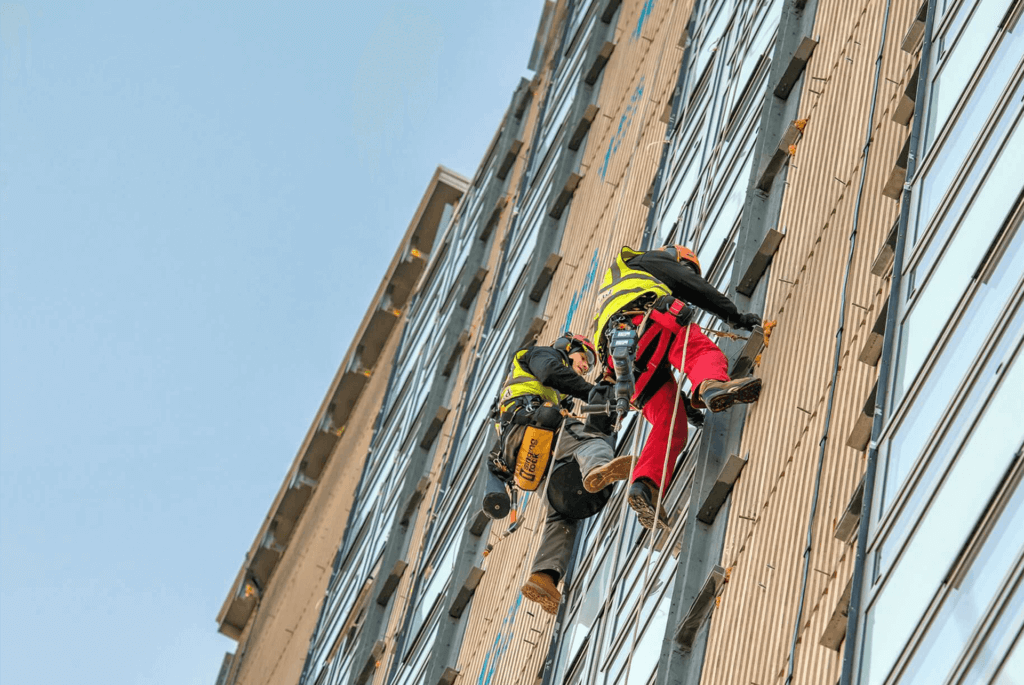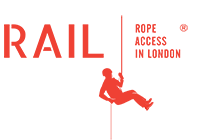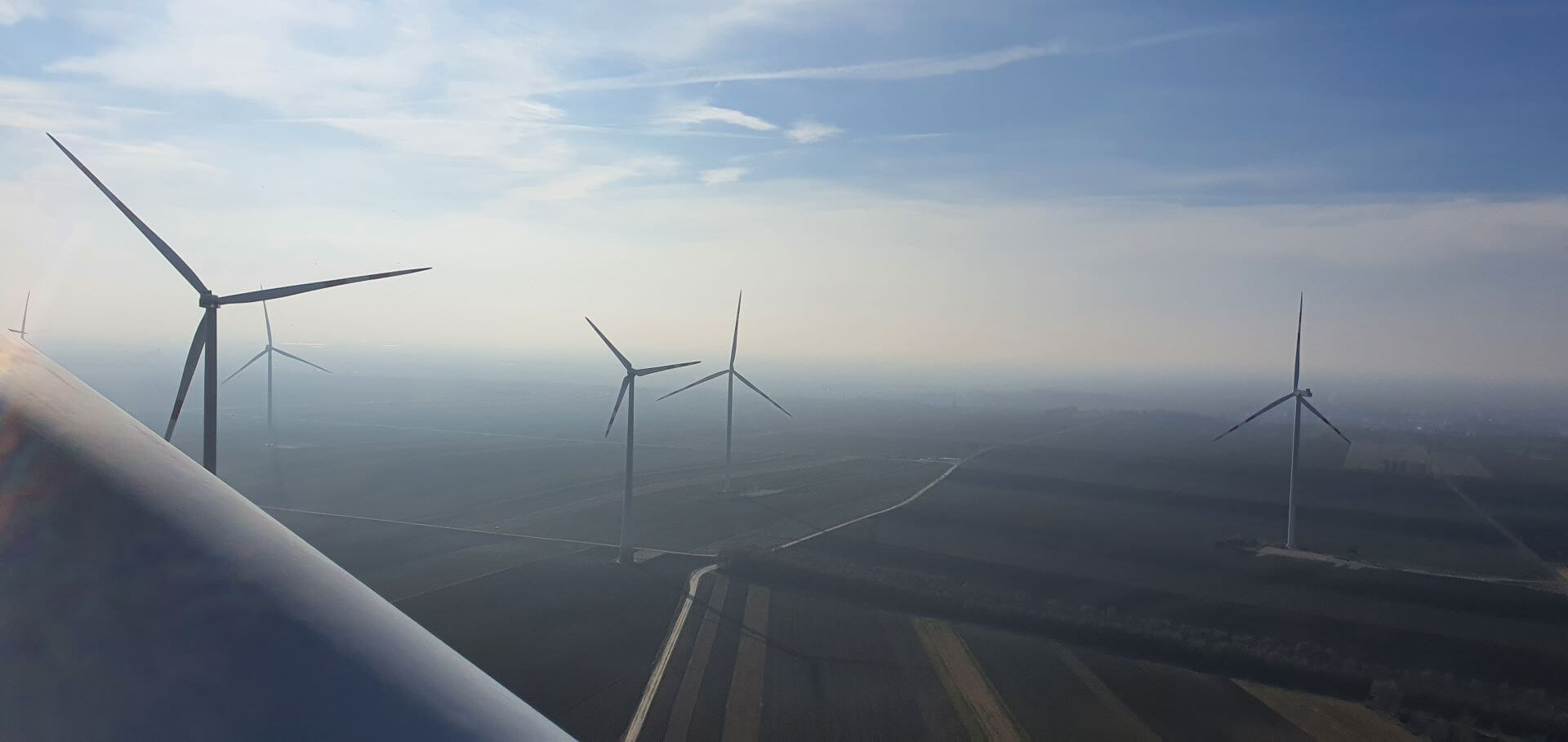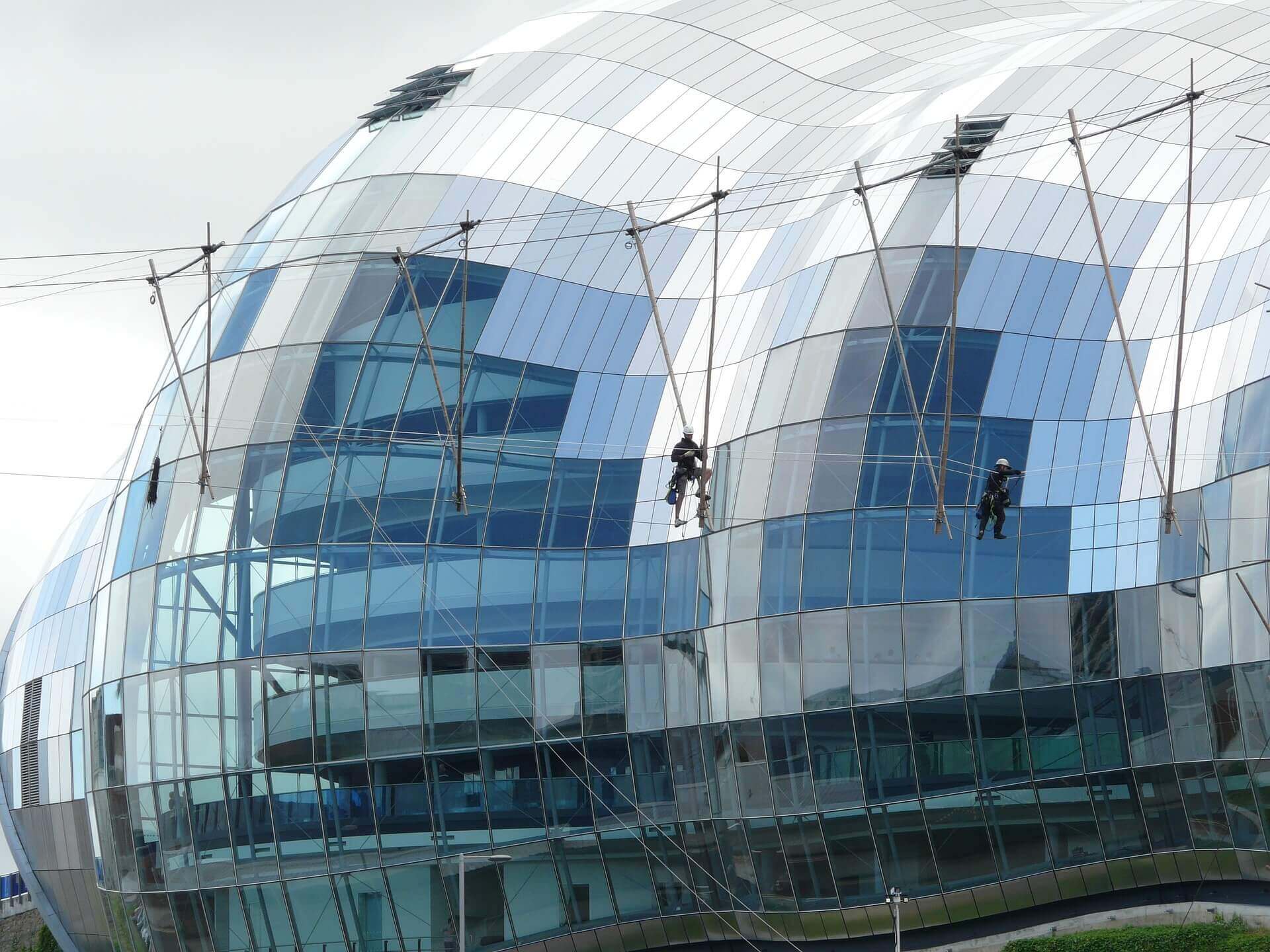
Working at Height Hazards: Identifying and Evaluating Risks
Saying that working at heights is dangerous is almost too obvious. And yet, it cannot be stressed enough just how many hazards and risks await workers as they try to build, maintain, repair, and clean at heights. Identifying the hazards and risks in every single project is a crucial step to reducing the risk involved in the job and ensuring the safety of your workers.
Hazards: Why Should You Care?
Working at height carries with it a number of risks that you simply can’t ignore. Whether it is construction, maintenance, or repairs, a thorough risk assessment is required if companies want to avoid a slew of problems that will likely grind work on any project to a halt.
- Injuries: Without proper risk assessment, injuries when working at height are almost inevitable. This could range from small injuries like bruises to broken limbs and death. Companies need to take the risk of injuries seriously and try to prevent them through adequate safety measures.
- Delays: If inadequately prepared for, height hazards will cause all manner of delays in the project. This includes increases in maintenance/repair work due to falling objects, subpar employee productivity, and more.
- Increased costs: Delays, injuries, and low productivity will naturally lead to increases in cost as well. However the cost is often hidden, and project managers will only realize all too late that the project has been off-track due to inadequate height protection. So, by investing beforehand in safety training, reliable rope access services, and proper equipment, companies can keep costs down.
These are just some of the main reasons why project managers need to care about working at height hazards, but this list is by no means exhaustive. Serious injury resulting from inadequate safety measures not compliant with the law, for example, won’t only delay the project and cause serious harm but will also make your company liable for the damages. If you have elevated work platforms, you can’t afford to take these lightly.
What Can Go Wrong?
To learn how to adequately prepare for height hazards, it is important for project managers to identify what these hazards are precisely since not all workplaces will deal with the same issues. Below, we’ll go over some of the most common hazards you’ll likely deal with:
- Poor edge protection: Inadequate edge protection when working at height increases the risk of falling, slows down work, and introduces significant risk. Without proper risk assessment to ensure the edges of the work platform/scaffolding are properly protected, you introduce a number of potential hazards to the project.
- Poor handling/storing of equipment: When working at height, you need to be extra careful about the safety and handling of equipment. Not only to prevent the equipment from getting damaged from falls, mishandling, and improper care but to also prevent personal injury among the workforce. Managers need to pay attention to both the handling and the storage of equipment.
- Weather conditions: rain, wind, and snow impact working at height far more than they do typical workplaces. A particularly strong bout of wind or rain would need steps to secure the platform/scaffolding if not postponement entirely.
- Fragile footing: fragile surfaces/scaffolding present one of the biggest risks to the workforce when working at height. Managers not only need to regularly check surfaces for potential risks, but personal protective equipment is necessary if the work is being done at heights far above the ground level.
- Gaps and unguarded openings: poorly constructed platforms that have gaps or unguarded openings present a meaningful risk when working at height. To prevent objects and people from falling, workplaces need to be proactive about ensuring openings aren’t left unguarded and there aren’t significant gaps on the platform/scaffolding.
What Can You Do?
Though working at height has unique challenges, with proper preparation and assessment, workplace managers can minimize the hazards and improve working conditions significantly.
- Proper risk assessment: The first step to addressing hazards should always be risk assessment. Each workplace is unique and deals with unique risks, and only by properly analyzing and identifying the risks do you get around to properly addressing them.
- Safety training: If your employees/workers aren’t used to working at height, safety training is a necessary component of ensuring their safety and productivity. Working at height is simply far too different from working at ground level, and it requires a different set of skills. Training can help your workers get acclimated to the new conditions.
- Protective equipment: There are a variety of protective equipment that will help when working at height. These include pieces of equipment that secure workers and equipment, create safe passageways, reduce the impact of falls, and much more. Investing in these is important to
- Outsourcing: If you’re not equipped to handle working at height, then instead of spending time and resources on training and equipment to get a task done, outsourcing the job to specialists is often easier, less expensive, and safer.
Why Should You Consider Rope Access Technicians?
One of the best services to entrust working at height to is rope access technicians. Thanks to highly-trained employees and cutting-edge technologies, they can handle tasks, both difficult and easy, quickly and professionally.
If you want to outsource construction, maintenance, or repair work at height, rope access technicians are your best option:
- Flexible: Whether it is rope access window cleaners or maintenance workers, rope specialist services are very flexible in the types of services they provide. As long as it is working at height, you can be reasonably certain that rope access specialists will be able to take care of it.
- Reliable: Rope access services, like Rope Access in London, are reliable, fast, and unobtrusive. They don’t require scaffolding and they will provide all the access equipment themselves. You just need to let them know the nature and the requirements of the task, and they’ll handle the rest.
- Safe: Thanks to extensive training, specialised equipment, and international certificates, rope access work is incredibly safe. You don’t need to worry about control measures or injuries as rope access technicians take extensive safety precautions to minimize hazards.
- Affordable: Rope access services are affordable and often cheaper than the alternative. As we mentioned above, they often don’t require scaffolding and use their own specialised pieces of equipment, which cuts down on costs considerably.




Recent Comments